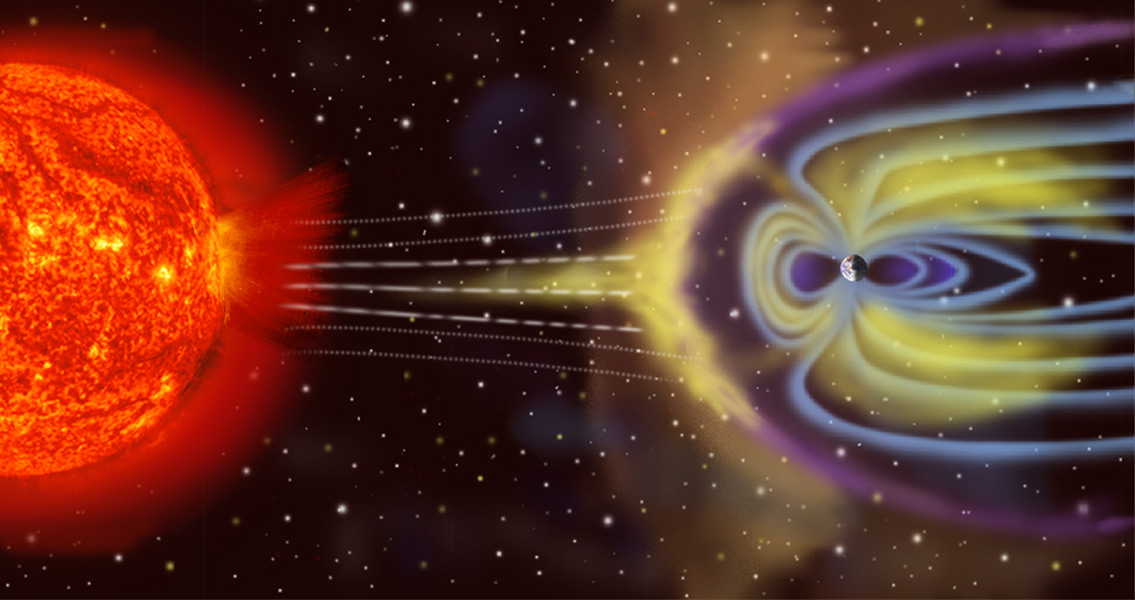<![CDATA[It may sound like the plot of a made-for-TV movie that treats science more like science fiction, but it turns out that a team of research scientists have been able to glean information regarding the relative strength of the Earth’s magnetic field and how it has fluctuated over time, thanks to the remains of communities dating to the Iron Age in southern Africa. Researchers led by the University of Rochester’s John Tarduno and coming from South Africa’s Kwa-Zulu Natal University and Witwatersrand University report that deposits left behind by ritual fires set by farmers between 1000 CE and 1500 CE indicate that the Earth’s magnetic field has weakened considerably in the past, yet did so without switching polarity. According to a press release announcing the new research findings, Tarduno and his team have made the suggestion that the currently weakening sate of the Earth’s magnetic field today which has led many to fear a pole switch may be imminent, is unlikely to presage such an event. It does sound far fetched, but the north and south magnetic poles have switched periodically throughout the history of the Earth. The last such polar shift occurred around 800,000 years ago, but these events are unlikely to occur overnight – scientists say it can be a slow, 15,000 year process in some cases. Now, researchers say that the region of the Earth’s core below southern Africa could be behind some of the more recent pole reversals – as well as any that might occur in the near future. Tarduno said in the release that prevailing scientific thought had established pole reversals were initiated at random locations within the core, but his team’s findings suggest quite the opposite. One of the most important of these findings is that there’s an 1800-mile wide hot and dense patch of mantle rock covering the Earth’s core beneath southern Africa. The steeply-sided piece of mantle, which is around 1500 miles underground and has been coined the Large Low Shear Velocity Province, is thought to have an influence on the liquid iron within the Earth’s core; it’s this iron that generates the planet’s magnetic field as it flows deep within the planet, and when the flow of that iron changes, the intensity of the Earth’s magnetic field changes. The team theorizes that the Large Low Shear Velocity Province influences the direction of the liquid iron that moves below and generates Earth's magnetic field. When that flow shifts, the magnetic intensity shifts, the release said. According to the results of the research, the relative strength of the magnetic field dropped by around 30 percent between 1225 CE and 1500 CE, as recorded by the superheated clay that had lain at the foundations of many of the buildings that were ritualistically burned in the region during the Iron Age. Compared to the only 16 percent drop in the Earth’s magnetic field strength from 1840 CE to the present day, it seems unlikely that a pole shift is imminent. Image courtesy of Wikimedia Commons user: NASA ]]>
Iron Age Remains Hold Key to Earth’s Magnetic Field?
